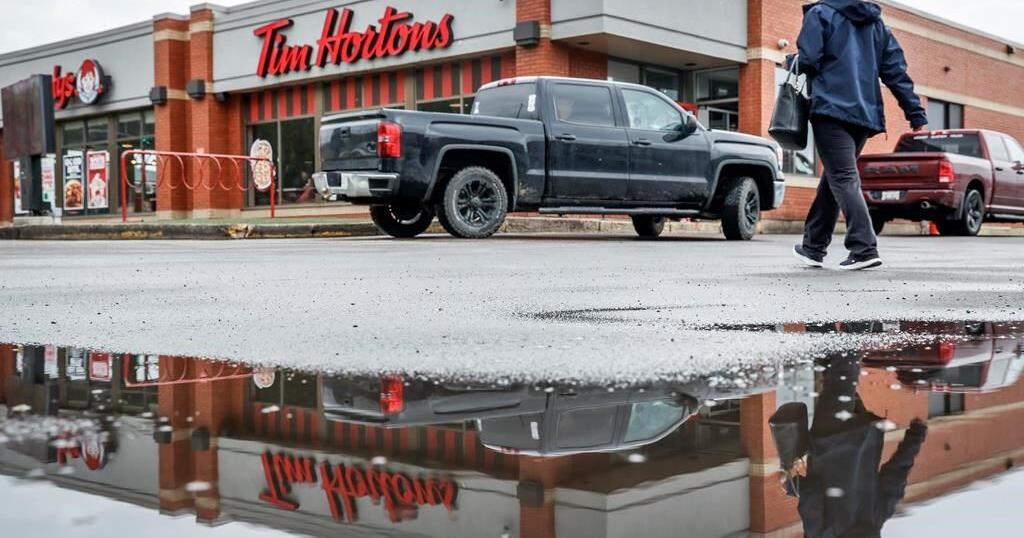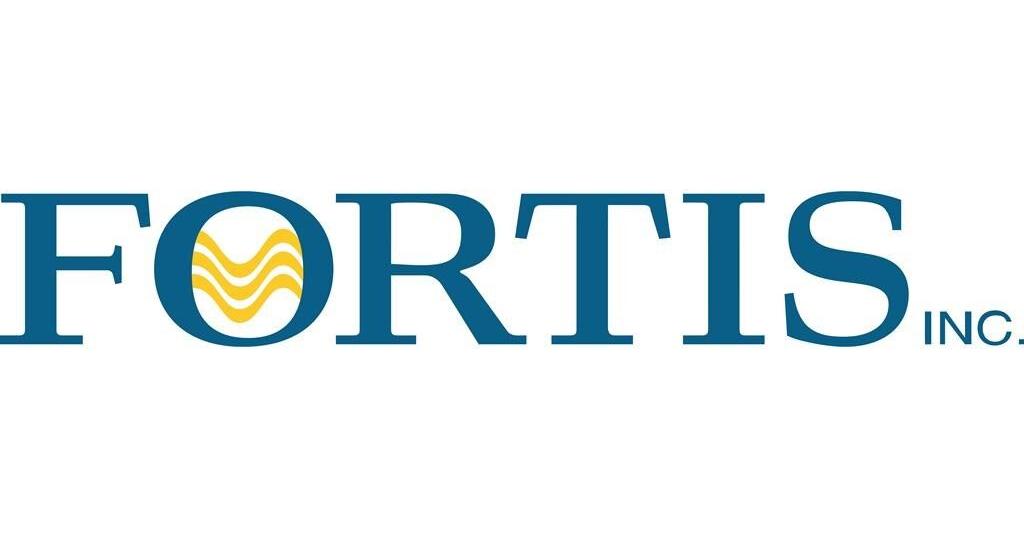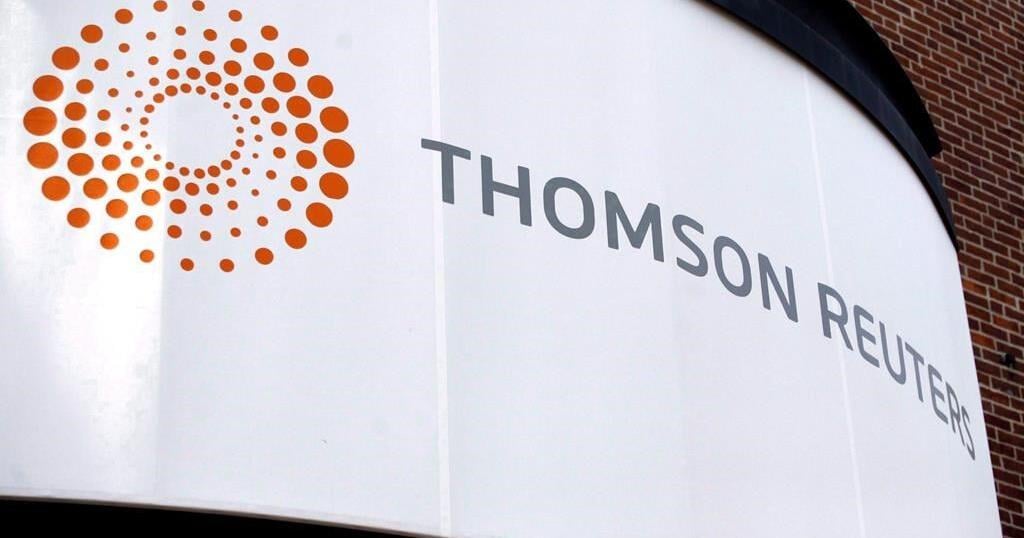Asia, led by China, will account for most of the incremental oil demand in the fourth quarter after a faster drawdown of global inventories in August that was partly due to the OPEC+ alliance not providing adequate supplies, the head of Vitol Asia said Sept. 12.
Not registered?
Receive daily email alerts, subscriber notes & personalize your experience.
Register Now
“There is an expectation in the market that Asia is going to come roaring back,” Mike Muller told the Gulf Intelligence webinar. “There is no question if you are looking at fundamentals at this time of the year, it is Asia that will be responsible for the most of incremental oil demand over the next three months of trading.”
OPEC+’s decision to ease production cuts by 400,000 b/d per month between August and December is not enough to cater to global oil demand because inventory drawdowns are faster, according to Muller. “China is growing and will keep consuming more oil that’s a given,” he said.
The August drawdown of 2 million b/d was five times more than OPEC’s 400,000 b/d tapering of cuts. And OPEC+ wasn’t able to fully take advantage of the loosened quotas as crude production only climbed 50,000 b/d in August, according to the latest S&P Global Platts estimates. OPEC’s 13 members pumped 26.97 million b/d in the month, a rise of 140,000 b/d from July, while nine non-OPEC partners led by Russia added 13.29 million b/d, a drop of 90,000 b/d.
Continued drawdown
“The OPEC+ policy of putting 400,000 b/d in market is commonly believed to be not enough to satisfy demand growth at this time of the year and therefore it is going to allow a continued drawing of inventories,” Muller said.
Seeing hearty global oil demand ahead, OPEC and its allies agreed Sept. 1 to hike their collective crude production by 400,000 b/d in October, sticking to their plans to keep easing back their historic output cuts.
With crude prices above $70/b, economic growth firm and rival US production growth still relatively subdued, OPEC+ ministers saw no reason to change course.
The 23-country OPEC+ group, which collectively controls about half of the world’s oil production capacity, has been gradually tapering the record 9.7 million b/d output cuts as demand recovers from the crash caused by the coronavirus pandemic.
During their discussions, ministers reviewed an internal forecast that indicated global oil demand would far exceed supply through the rest of the year, by 1 million b/d in September, 1.1 million b/d in October, 800,000 b/d in November and 400,000 b/d in December, according to a copy seen by Platts.
OPEC is scheduled to release its monthly oil market report on Sept. 13.
Iranian crude
A potential return of Iranian crude, which is likely to come in the middle of next year if a nuclear deal with the US is struck, will be “very important for balances,” Muller said.
A signal that deadlocked nuclear talks could be restarted emerged on Sept. 11 when the International Atomic Energy Agency said its director general Rafael Grossi was set to meet in Tehran on Sept. 12 with Mohammed Elslami, Iranian vice president and head of the Atomic Energy Organization of Iran.
The nuclear talks have stalled since mid June when both sides paused for the Iran elections and were expected to start up shortly after President Ebrahim Raisi took office in early August. The talks revolve around the Joint Comprehensive Plan of Action, the 2015 agreement between Iran and China, France, Germany, Russia, the UK and the US that limited Tehran’s nuclear capabilities and its uranium enrichment levels. However, the US withdrawal from the JCPOA in 2018 under the Donald Trump administration prompted Iran to back-track on commitments.
Robert Malley, lead US negotiator, went to Paris and Moscow for talks with Russian and European diplomats over Sept. 7-10 about the “need to quickly reach and implement an understanding on a mutual return to compliance with the Joint Comprehensive Plan of Action,” the State Department said Sept. 7.
Platts Analytics still expects the US and Iran to reach a new nuclear deal by October or November, allowing the Biden administration to remove sanctions on Tehran’s oil, shipping, petrochemical and other sectors. But Platts Analytics added a no-deal scenario to its outlook as doubts have grown about whether Washington and Tehran can break the impasse.

























